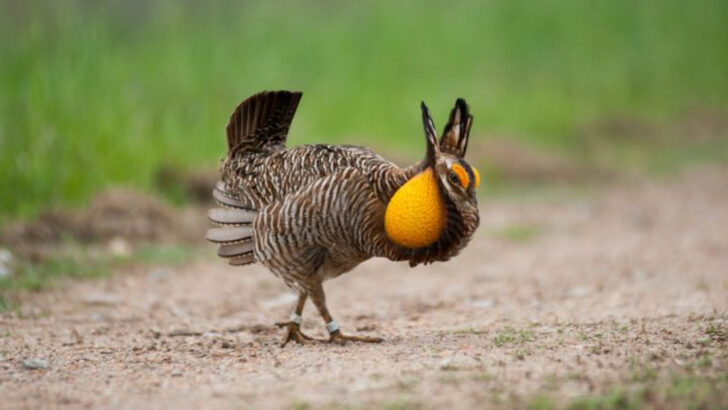The skies used to thunder with wings.
Meadowlarks sang from fenceposts. Prairie chickens boomed across open grass. Flocks so thick they darkened the horizon.
Now? Silence in places once alive with sound.
The Great Plains have lost more than grass—they’ve lost their music. Plows, fences, pesticides, and sprawling suburbs have driven many native birds into steep decline.
But all is not lost.
Some still hang on in hidden corners—refuges where grass grows tall and the wild still breathes. You just have to know where to look.
These 19 birds once defined the spirit of the Plains.
And while their numbers have shrunk, their stories—and their songs—still echo through America’s heartland.
Greater Prairie-Chicken

The Greater Prairie-Chicken is famous for its booming calls and dramatic dance displays. Found in grassland areas, this bird was once abundant on the Great Plains.
Males perform on leks, inflating orange throat sacs and stamping their feet in a captivating display to attract females. Over the years, habitat loss has significantly reduced their numbers.
However, you can still witness these displays in areas like the Sandhills of Nebraska. Conservation efforts are underway to protect their remaining habitats. The sight of these birds performing their ritual is a must-see for bird enthusiasts.
Mountain Plover
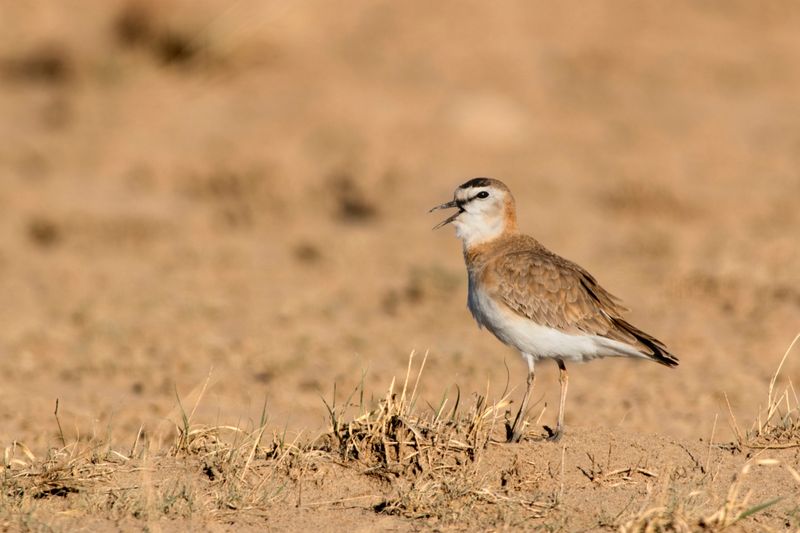
The Mountain Plover, often called the ghost of the prairies, blends seamlessly into its environment. Preferring open shortgrass habitats, they can be hard to spot. Despite their name, they are not found in mountainous regions but rather in arid plains.
Their populations have dwindled due to habitat changes, yet they still thrive in parts of Colorado and Wyoming. Conservationists are working hard to maintain suitable habitats for these elusive birds.
Observers often find joy in spotting these birds during their breeding season, which offers a unique glimpse into their secretive lives.
Burrowing Owl
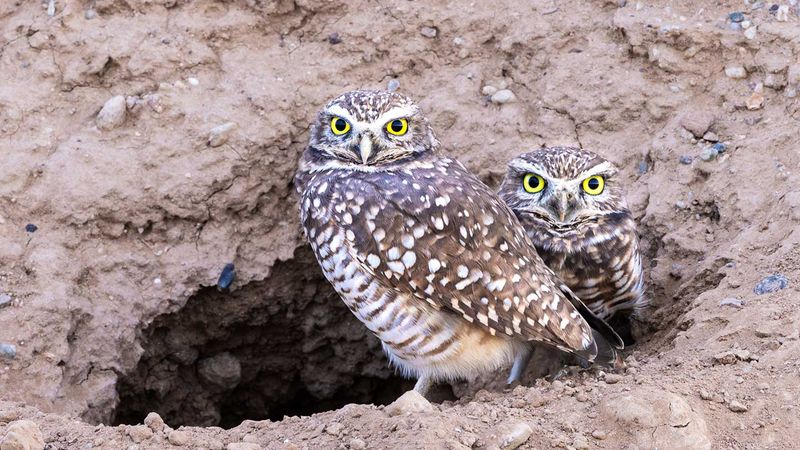
Burrowing Owls are captivating with their long legs and expressive eyes. Unlike most owls, they are active during the day. These small owls prefer living in burrows, often using those abandoned by prairie dogs.
Their quirky behavior and diurnal nature make them a favorite among bird watchers. These owls faced challenges due to habitat destruction but can still be found in areas of the Great Plains, such as in the grasslands of South Dakota.
Conservation programs aim to protect their habitats, ensuring these charming owls continue to grace the plains.
Lark Bunting
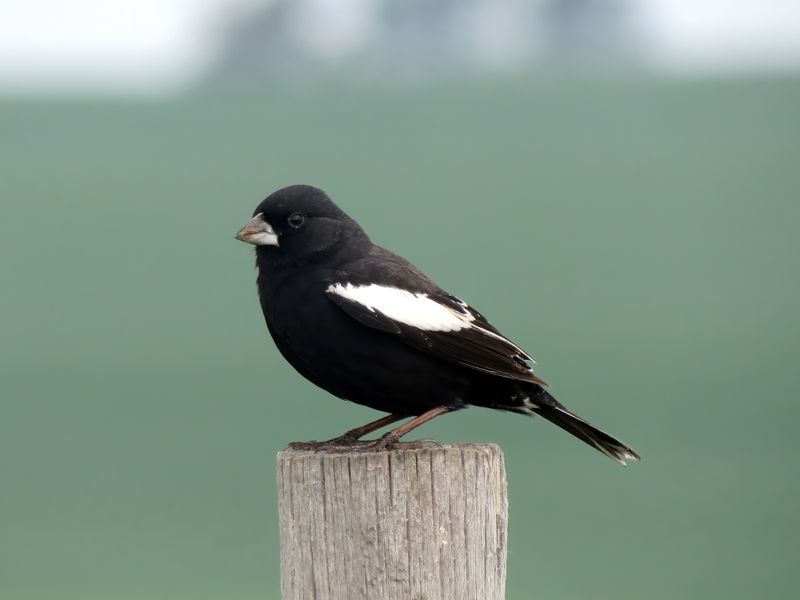
Lark Buntings are the state bird of Colorado, known for their striking black and white breeding plumage. These birds are migratory, arriving on the plains with the onset of spring.
Males are particularly noticeable as they sing while perched on fence wires or low bushes. They thrive in open grasslands, and while their numbers have seen a decline, efforts are being made to preserve their habitat.
The rhythmic song of a Lark Bunting is a quintessential sound of the plains, and spotting one is a delightful experience for any bird lover.
Upland Sandpiper

Known for its flute-like call, the Upland Sandpiper is a classic symbol of the open prairies. These birds prefer tallgrass prairies and are often seen perched on fence posts, scanning the surroundings. Their presence announces the arrival of spring.
Although their habitats have been threatened by agriculture, conservation lands in Kansas and Oklahoma still support populations of these elegant birds.
Bird watchers cherish the moments they catch a glimpse of an Upland Sandpiper, its silhouette often outlined against the vast sky.
Horned Lark
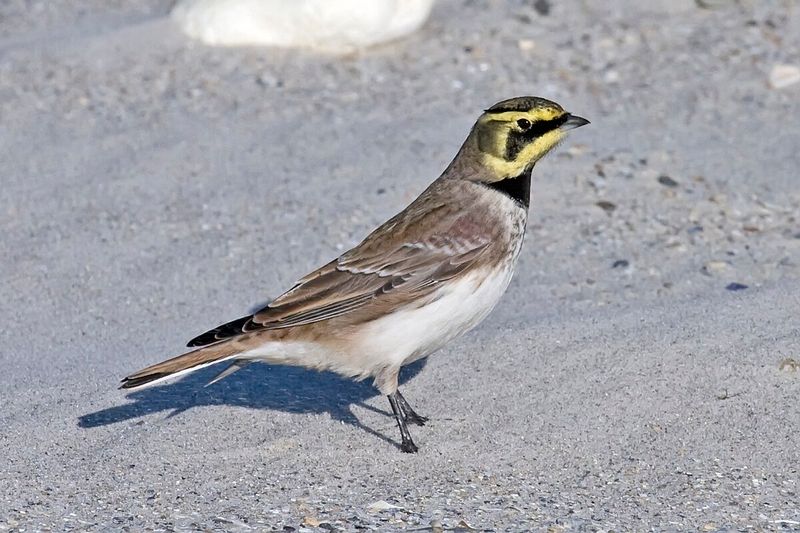
Horned Larks, recognized by their tiny black “horns,” are among the few bird species to breed and thrive in open agricultural lands. They are resilient, often seen flitting about in plowed fields.
Their melodic song adds charm to the open landscapes of the Great Plains. These birds are abundant, yet their population density can vary with changes in agricultural practices.
They are commonly found across the plains, providing bird watchers with frequent opportunities to admire their agile flight and listen to their sweet songs.
Western Meadowlark
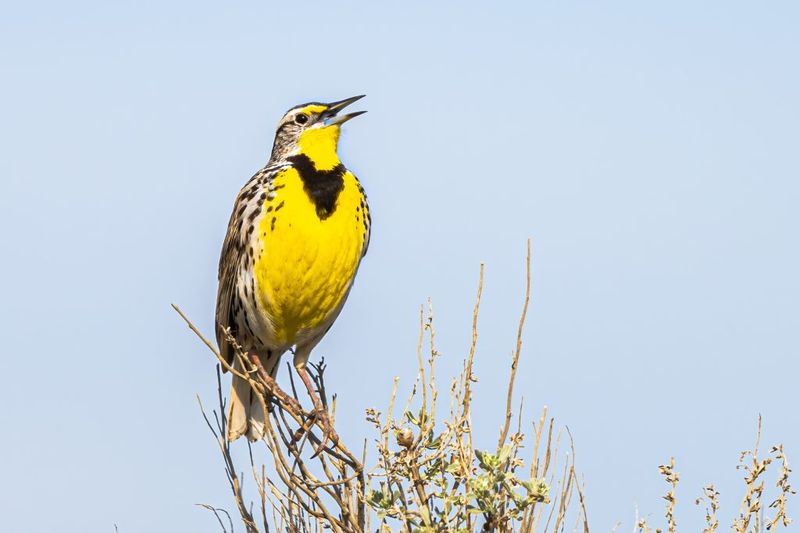
The Western Meadowlark is synonymous with the Great Plains, its song a cherished part of the region’s soundscape. With a bright yellow throat and a melodious tune, it’s easily spotted and heard.
These birds often perch on fence posts or telephone wires, announcing their presence with a song. They thrive in grasslands and pastures, and their numbers remain stable, thanks to wide-ranging habitats.
Observing a Meadowlark singing against a backdrop of wildflowers is an unforgettable experience, connecting observers with the essence of the prairies.
Northern Bobwhite
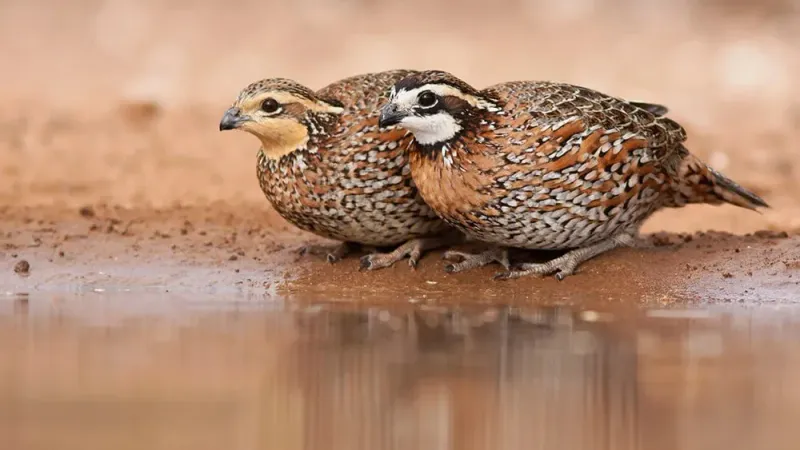
The Northern Bobwhite is a small, plump bird known for its distinctive call that sounds like its name. Preferring early successional habitats with a mix of grasses and shrubs, they are often heard before seen.
Their numbers have dramatically declined due to habitat loss. However, conservation efforts in places like Missouri’s prairies are helping to stabilize populations.
The bobwhite’s call evokes a sense of nostalgia for those familiar with its sound, and spotting one in the wild is a rewarding challenge for bird enthusiasts.
Scissor-tailed Flycatcher
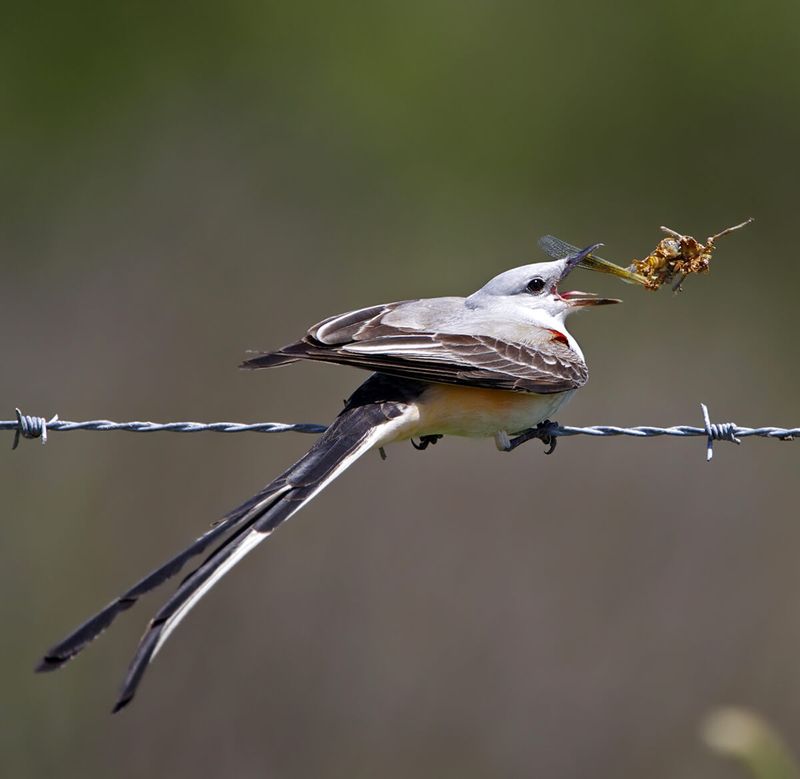
The Scissor-tailed Flycatcher is a striking bird, easily identifiable by its long, forked tail. These acrobatic fliers are often seen performing aerial maneuvers to catch insects.
They prefer open grasslands and savannas, where they nest in isolated trees or shrubs. While their range has contracted, they are still found in parts of Texas and Oklahoma.
Watching a Scissor-tailed Flycatcher in action is akin to witnessing a ballet in the sky, making them a favorite among bird watchers and a symbol of the plains.
Dickcissel
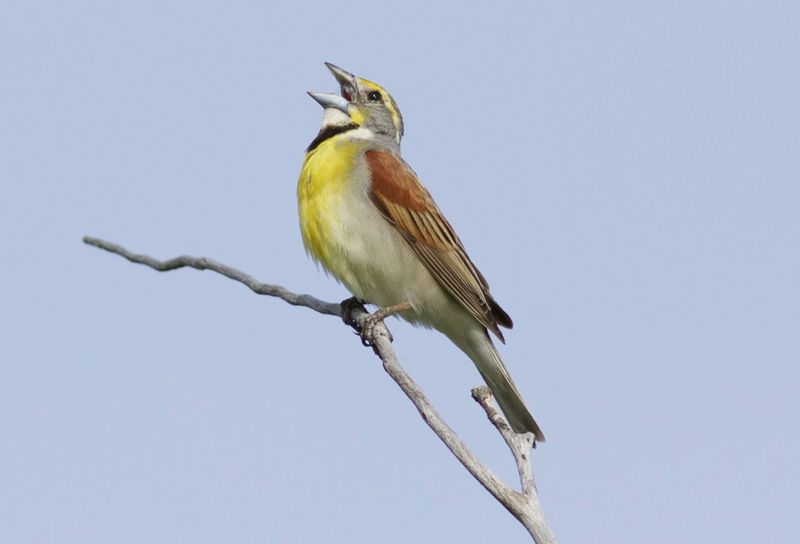
The Dickcissel, with its sparrow-like appearance, is celebrated for its cheery song that echoes across the grasslands. Males are identifiable by their yellow breast and black throat patch, often seen singing atop sunflowers or fence posts.
Their population varies annually, but they are commonly spotted in Midwest prairies during breeding season. Conservationists monitor their habitats to ensure they thrive.
Hearing the repetitive “dickcissel” call is a joyful experience, bringing life to the wide expanses of their chosen homes.
Sprague’s Pipit
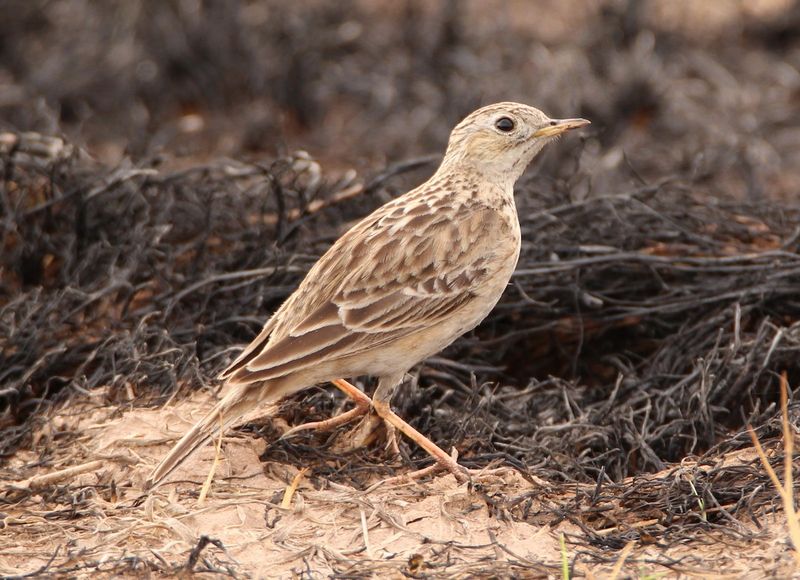
Sprague’s Pipit is an elusive bird best known for its aerial song displays. These birds are ground nesters, often found in native prairies. Their unique flight song, delivered while hovering high in the sky, is a distinctive feature that sets them apart.
Despite being difficult to spot, they are present in the northern Great Plains, including parts of North Dakota. Conservation of native prairies is crucial for their survival.
Observing a Pipit in its natural habitat is a thrilling experience, rewarding the patient and observant bird watcher.
Ferruginous Hawk
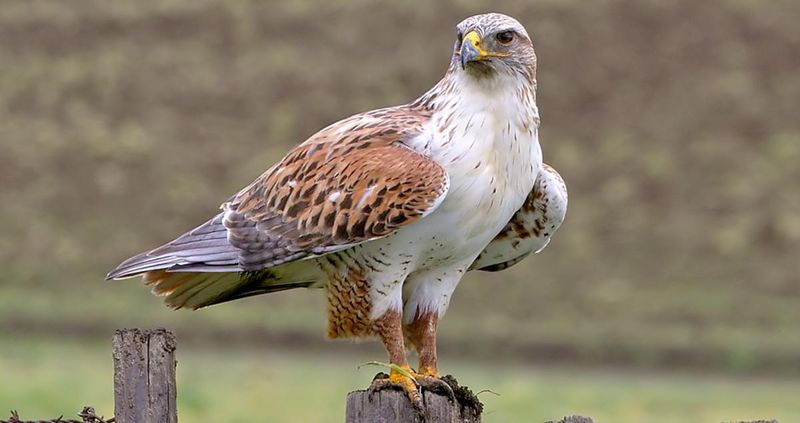
The Ferruginous Hawk, largest of the North American hawks, is a formidable predator of the plains. Known for its rust-colored plumage, it soars gracefully over open landscapes in search of prey.
These hawks prefer expansive grasslands and can be seen perched on power poles and cliffs. Though their numbers face threats from habitat changes, they are still found in places like Montana.
The sight of a Ferruginous Hawk in flight is awe-inspiring, encapsulating the wild beauty of the Great Plains and the intricate balance of its ecosystem.
Grasshopper Sparrow
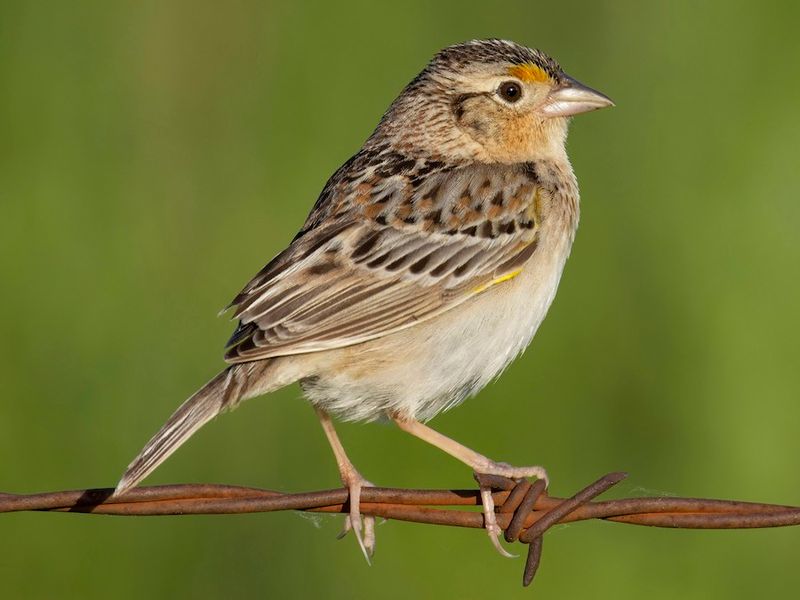
Grasshopper Sparrows are small, secretive birds often found in grasslands. They derive their name from their insect-like song, a series of high-pitched notes resembling a grasshopper’s call.
These sparrows are adept at blending into their surroundings, making them a challenge to spot. They inhabit open grasslands and prairies, with populations found in areas like Nebraska.
Conserving grassland habitats is key to their continued survival. Listening to their song, observers find a connection to the subtle wonders of the plains.
Baird’s Sparrow
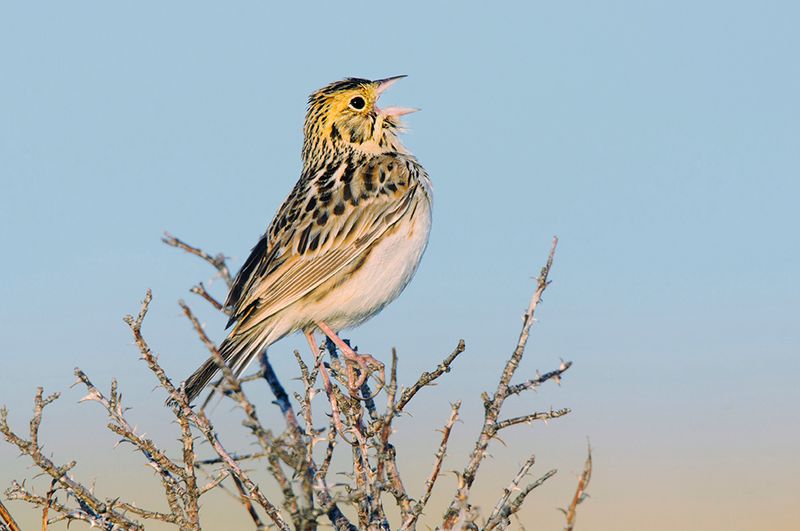
Baird’s Sparrow is a grassland specialist, best known for its melodic song. These birds prefer undisturbed prairies, where they breed and raise their young. Despite their preference for open spaces, they can be hard to spot due to their streaked brown plumage.
Their populations are limited, with sightings primarily in North Dakota and Montana. Efforts to conserve native prairies are crucial for their survival.
Hearing a Baird’s Sparrow sing is like uncovering a hidden gem in the vastness of the plains, a moment of pure auditory delight.
Sharp-tailed Grouse
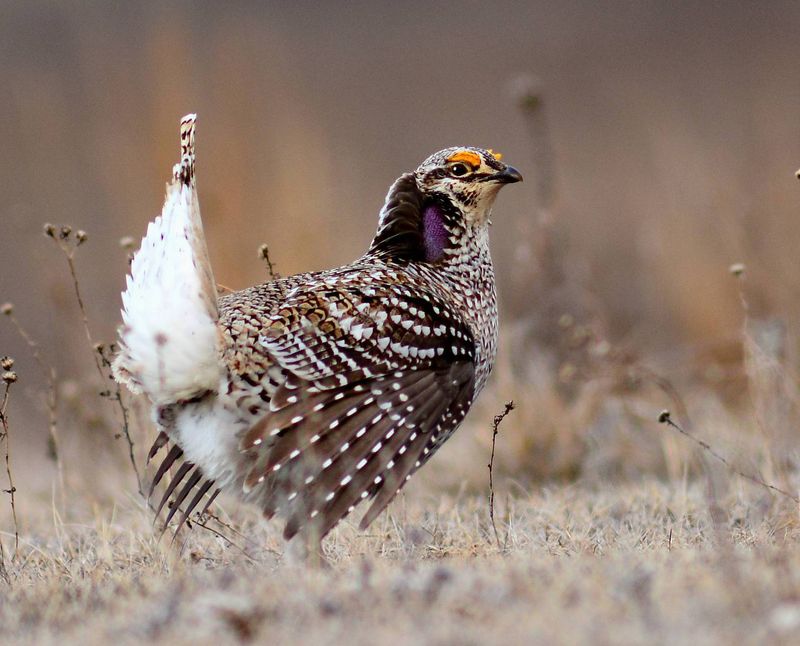
Sharp-tailed Grouse are known for their elaborate mating dances performed on leks. These birds fan their tail feathers and inflate colorful neck patches in a synchronized display. The sight is a testament to the rich traditions of prairie wildlife.
Their habitats span across the northern plains, with populations in places like Minnesota. Conservation efforts focus on protecting these lek sites.
Witnessing a Sharp-tailed Grouse dance is a memorable experience, offering insight into the complex social structures of prairie birds.
Loggerhead Shrike
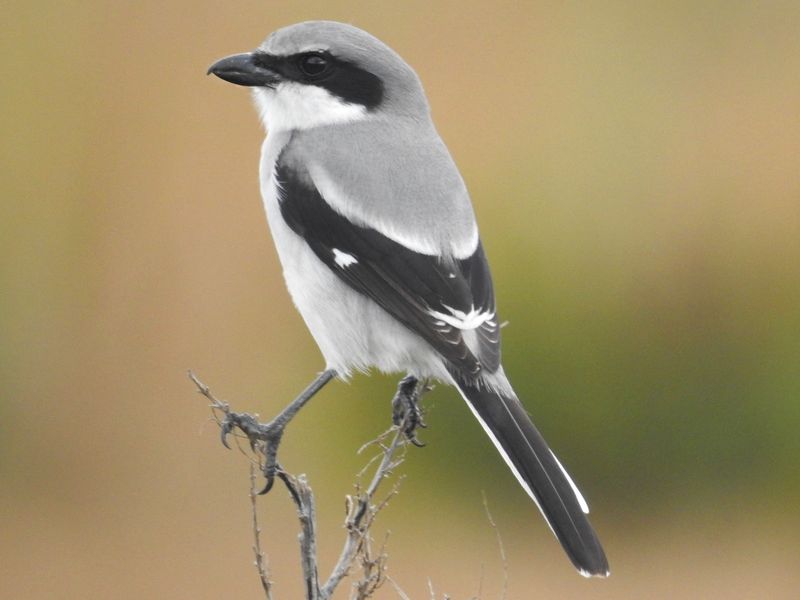
The Loggerhead Shrike, often referred to as the “butcher bird,” has a unique hunting method. It impales prey on thorns or barbed wire to eat later. This songbird behaves more like a raptor, with a fierce hunting style.
They inhabit open fields and sparse woodlands, with numbers declining due to habitat loss. Observers might find them in Texas, hunting from perches.
The shrike’s bold behavior and striking appearance make it an intriguing subject for study and observation in the wild.
Chestnut-collared Longspur
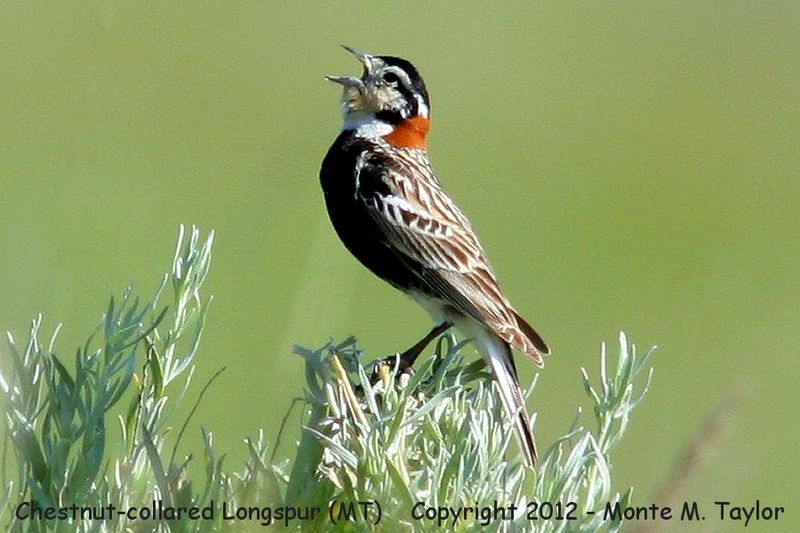
The Chestnut-collared Longspur is known for its graceful flight and distinctive chestnut nape. During breeding season, males perform aerial displays, singing melodiously in flight. These birds favor open grasslands and are key indicators of prairie health.
Their populations are concentrated in the northern Great Plains, particularly in Montana. Conservation practices aimed at preserving native grasslands are vital for their continued presence.
Observing a Longspur’s flight is an uplifting experience, embodying the spirit of the open prairie and its avian inhabitants.
Bobolink
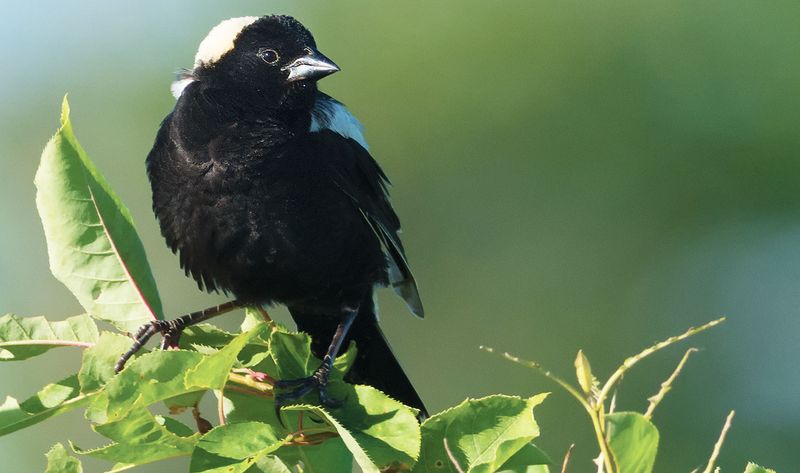
The Bobolink is a migratory marvel, traveling from North America to South America each year. Males in breeding plumage are striking, with black bodies and contrasting white backs.
They are known for their bubbly, joyful song that fills the air during the breeding season. They nest in hayfields and meadows, with declining numbers due to habitat conversion.
However, they can still be found in protected grasslands in the northern plains. The sight and sound of a Bobolink are reminiscent of carefree summer days, a melody that resonates with nature lovers.
Long-billed Curlew
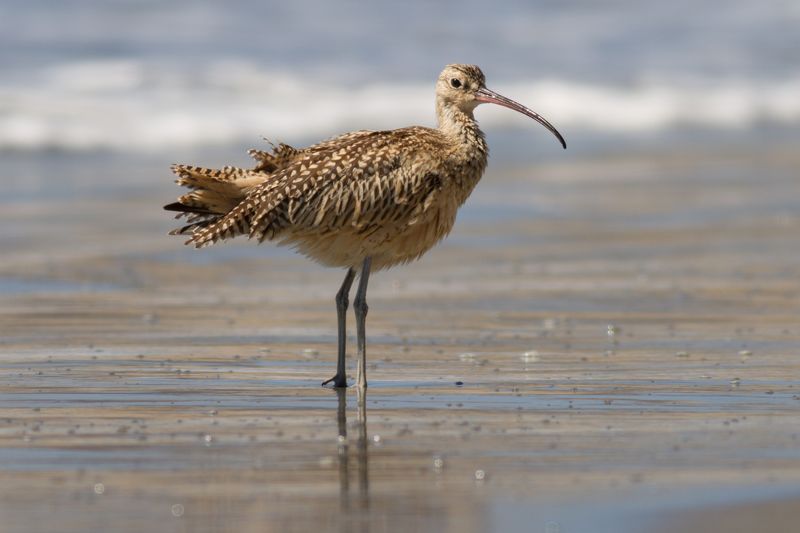
With its remarkably elongated beak, the Long-billed Curlew is a sight to behold in the grasslands of the Great Plains. This bird’s unique feature is not just for show; it adeptly uses its beak to probe deep into the soil in search of insects and small creatures.
Once a common sight, the Long-billed Curlew’s numbers have dwindled due to agricultural expansion. Yet, they can still be spotted in protected areas where conservation efforts have been successful.
A fun fact: despite its ungainly appearance, this bird is a masterful flyer, capable of graceful maneuvers in the sky.

